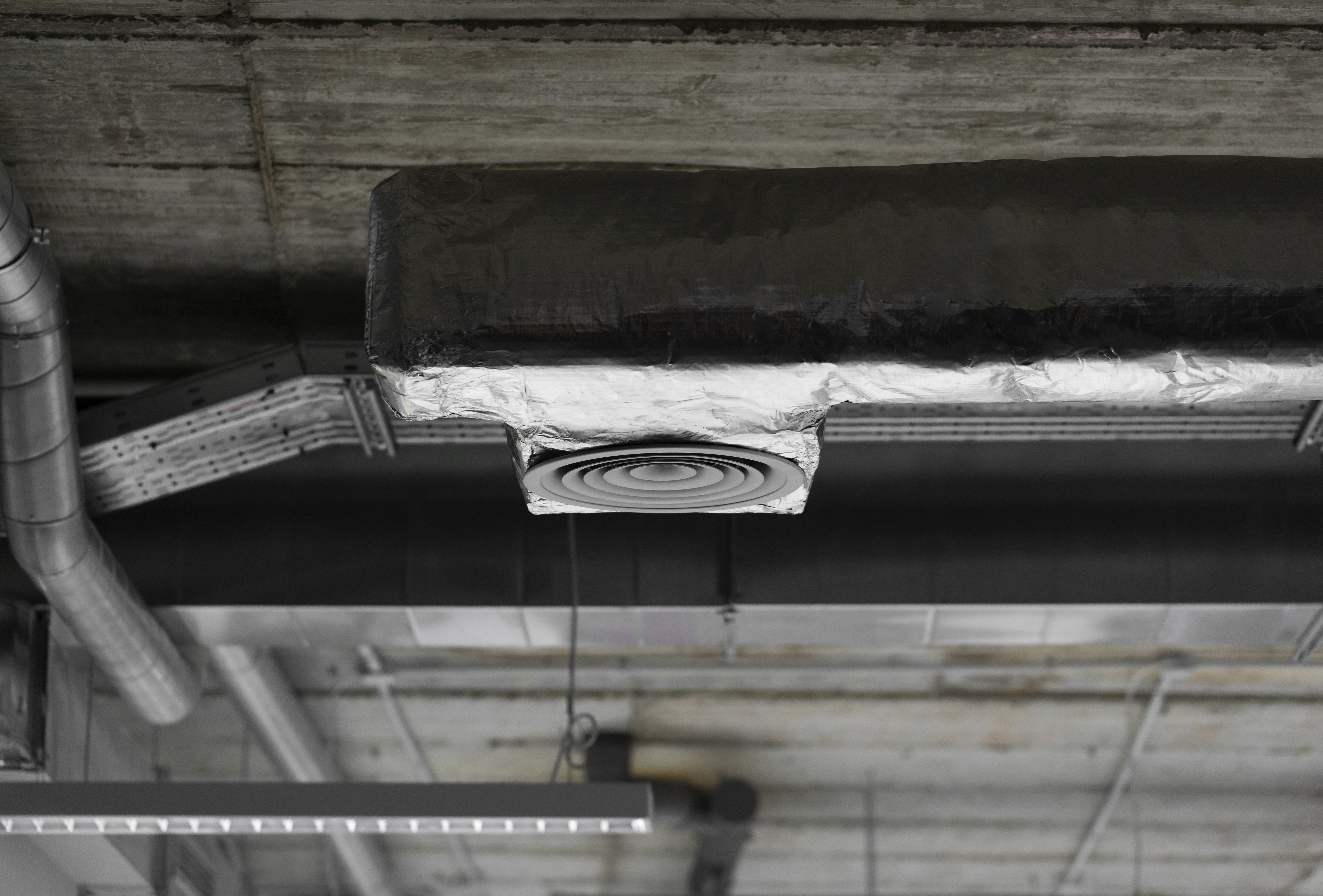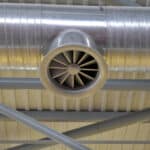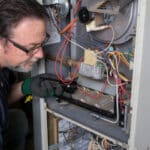In this blog entry, the Dallas air duct cleaning and Dallas ductwork sanitization experts here at Power Clean Solutions will explain how you can test your home air quality.
What are the most common types of indoor air pollutants?
- Pet dander
- Dust mites
- Pollen
- Bacteria
- Viruses
- Chemicals from paint, cleaning products, and industrial chemicals
- Radon gas
- Carbon monoxide
- Gasses from combustion appliances
- Tobacco smoke
How can I test my indoor quality?
- We recommend purchasing an air quality monitor that measures gas and particulate levels of compounds like formaldehyde, carbon monoxide, and volatile organic compounds (VOC.) There’s also many indoor air quality monitors that measure temperature and humidity..
- Make sure to keep indoor humidity at a level between 30-50%. Humid conditions often cause mold growth, dust mites, and proliferation of other allergens.
- Avoid volatile organic compounds, gasses emitted from solid or liquid compounds like air fresheners, aerosol cleaners, paint, pesticide, paint stripper, and other chemicals.
- Make absolutely sure that there’s no high level of carbon dioxide CO2, which can degrade air quality and cause serious health issues.
- Use a home air quality test to collect samples from your environment and test them in a lab. This is important if you suspect that your home has bacteria, mold, or other pollutants.
- Contact a home air quality expert to analyze your specific home air quality and recommend ways to improve the air through tactics like:
- HVAC system cleaning
- HVAC sanitization
- Air purifiers
- Humidifiers
- Dehumidifiers
- Improved home ventilation systems
- Encapsulating any asbestos that might be in the walls
- Removing bacteria or mold present in your home






